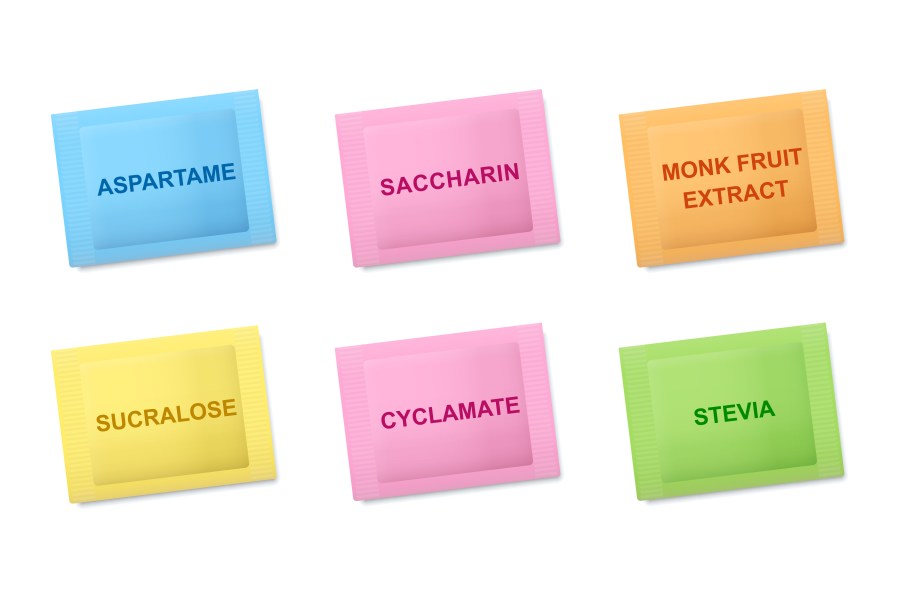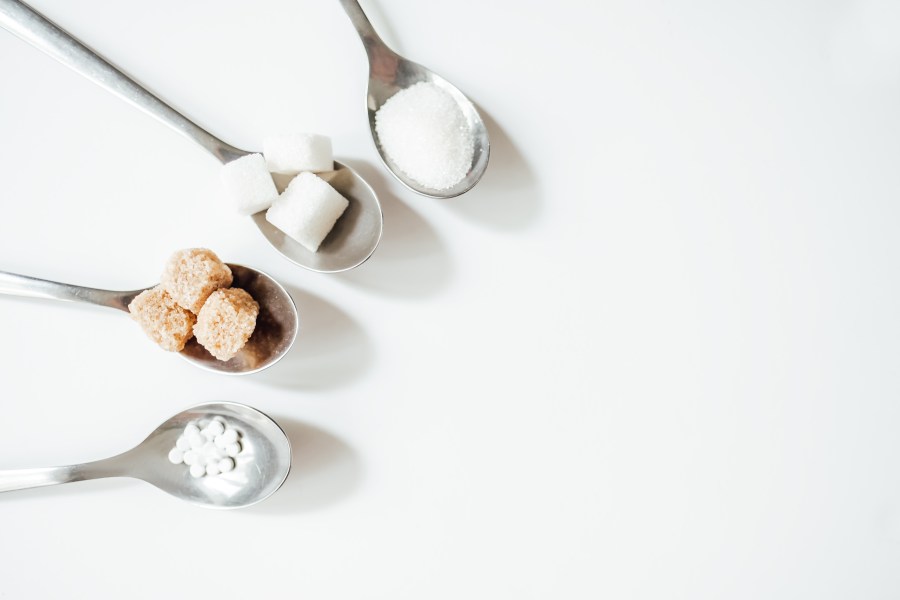TAMPA (BLOOM) – Artificial sweeteners have long been a subject of fascination and debate, especially as the world grapples with increasing rates of obesity and diabetes. These sugar substitutes promise the sweet taste we crave without the caloric baggage. But what is the real scoop on artificial sweeteners? Are they a boon or a bane? This article aims to answer these questions and more, offering a comprehensive guide on the subject.

The Basics
What Are Artificial Sweeteners?
Artificial sweeteners are sugar substitutes that are used to sweeten foods and drinks. They are many times sweeter than sugar but contain few or zero calories.
Historical Overview
The use of artificial sweeteners dates back to the late 19th century, with saccharin being one of the earliest examples discovered in 1879. Since then, various types have been developed, including aspartame, sucralose, and cyclamate, among others.
Common Types
The most commonly used artificial sweeteners include:
- Aspartame
- Sucralose
- Saccharin
- Neotame
- Acesulfame potassium
How Do They Work?

Artificial sweeteners are designed to replicate the flavor of sugar. Their molecular structure interacts with taste receptors on the tongue to produce a sweet sensation. However, most of these compounds are not metabolized by the body, which is why they contribute fewer or no calories to your diet.
Pros of Artificial Sweeteners
Caloric Reduction for Weight Management
Because artificial sweeteners are almost calorie-free, they can be useful in weight management plans.
Suitable for Diabetics
Since these sweeteners have a negligible effect on blood sugar levels, they are often recommended for diabetic patients.
Longer Shelf-Life
Compared to natural sugars, artificial sweeteners often have a longer shelf-life and are more stable when exposed to heat, making them useful in cooking and food production.
Cons of Artificial Sweeteners
Potential Health Risks
Studies have been inconclusive regarding the long-term health effects of artificial sweeteners. Some animal studies have suggested a potential risk of cancer, although this has not been definitively proven in humans.
Controversy Over Weight Gain
Contrary to aiding in weight loss, some studies suggest that artificial sweeteners may actually contribute to weight gain by altering gut bacteria or encouraging sugar cravings.
Psychological Impact
Using artificial sweeteners may condition the palate to a high level of sweetness that is hard to satisfy with naturally sweet foods, thus leading to increased cravings for sugary items.
The FDA’s Stance
The Food and Drug Administration (FDA) has approved the use of certain artificial sweeteners like aspartame, sucralose, and saccharin, declaring them Generally Recognized as Safe (GRAS). However, there are guidelines on acceptable daily intake levels.
Alternatives to Artificial Sweeteners
Natural Alternatives
Stevia and monk fruit are popular natural sweeteners. However, they also come with their own sets of pros and cons, such as a distinct aftertaste for some people.
Health Considerations
Natural does not always mean better; even natural sweeteners can have an impact on blood sugar levels and should be consumed in moderation.
Everyday Products Containing Artificial Sweeteners
From diet sodas to sugar-free desserts, artificial sweeteners are ubiquitous. To identify them on ingredient lists, look for names like “aspartame,” “sucralose,” or “saccharin.”
Expert Opinions
Nutritionists and healthcare providers have differing views on artificial sweeteners. Some see them as a helpful tool in weight management and diabetes control, while others urge caution due to the lack of long-term studies on their health effects.
Personal Choices and Lifestyle
Ultimately, the choice to use artificial sweeteners should be individualized. If you are considering them, consult with healthcare providers to ensure they are appropriate for your health needs.
In-Depth Breakdown of Common Artificial Sweeteners
In this section, we delve into the specifics of common artificial sweeteners, highlighting their characteristics, uses, and the current scientific consensus regarding their safety and effectiveness.
Aspartame
When and Why It’s Used
- Aspartame is often found in diet sodas, sugar-free gum, and low-calorie desserts.
- It’s approximately 200 times sweeter than sugar and is used because it has a taste profile similar to sugar.
Scientific Consensus
- The FDA has approved aspartame, and it is considered safe for the general population, including pregnant women and children, when consumed within the acceptable daily intake limits.
- Some studies have raised concerns about potential neurological effects, but these findings are not universally accepted.
Sucralose
When and Why It’s Used
- Sucralose is commonly used in baking because it remains stable at high temperatures.
- It’s used in products like Splenda and is about 600 times sweeter than sugar.
Scientific Consensus
- Generally considered safe by the FDA and other health organizations.
- Some studies have questioned its impact on gut health, but more research is needed for conclusive evidence.
Saccharin
When and Why It’s Used
- Saccharin is one of the oldest artificial sweeteners and is often used in tabletop sweeteners, soft drinks, and other sugar-free products.
- It is 300 to 400 times sweeter than sugar but has a slightly bitter aftertaste.
Scientific Consensus
- Saccharin was once linked to bladder cancer in rats, but subsequent studies have found it to be safe for human consumption.
- The FDA and the World Health Organization (WHO) have declared saccharin safe when used within acceptable limits.
Neotame
When and Why It’s Used
- Neotame is used in a variety of food products and is considered to be an incredibly potent sweetener, being 7,000 to 13,000 times sweeter than sugar.
- It is used in very small amounts due to its high sweetness potency.
Scientific Consensus
- The FDA has approved neotame and considers it safe for consumption.
- There are fewer studies on neotame compared to other artificial sweeteners, but so far, no adverse effects have been reported.
Acesulfame Potassium (Ace-K)
When and Why It’s Used
- Often found in baked goods, diet sodas, and even mouthwash.
- It is about 200 times sweeter than sugar and is often used in combination with other artificial sweeteners to improve taste.
Scientific Consensus
- Acesulfame potassium is FDA-approved and considered safe.
- Some animal studies have suggested potential carcinogenic effects, but these have not been confirmed in humans.
While artificial sweeteners offer a range of options for those looking to reduce sugar intake, it’s essential to make informed choices. Always adhere to the recommended daily intake and consult healthcare providers if you have specific health concerns. As the scientific community continues to study these substances, staying updated on the latest research is crucial for making the best choices for your health.
Artificial sweeteners are a complex subject with both proponents and critics. While they offer certain benefits like caloric reduction and suitability for diabetics, potential drawbacks and health risks should not be overlooked. As always, moderation is key, and it’s essential to make informed decisions based on your own health needs. By staying informed, you can make the sweetest choice for your health.







